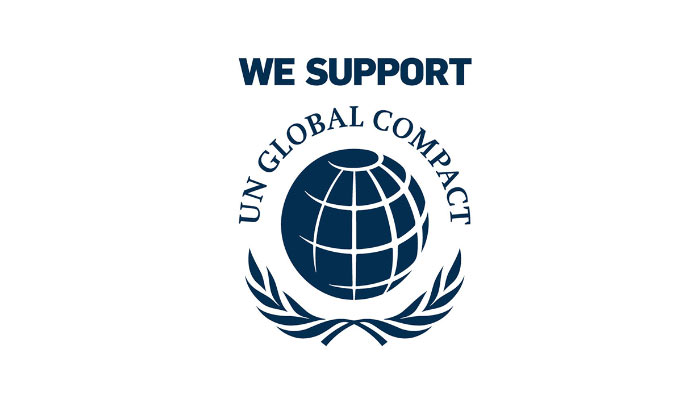
In movies and cowboy stories of the 20th century, we often come across scenes of “ghost town”. Of course, what is meant is not the dwelling place of the ghosts, but the former settlement that is no longer inhabited. Abandoned by its residents because there is no economic activity there.
Usually, the ghost towns originate from the discovery of gold mines in the vicinity. People have flocked there in droves. Looking for a fortune in life by mining for gold, then building houses, and settling down. However, when the reserves run out, there are no other economic activities that can support life. They left the place also in droves.
In human history, cities that were formerly mining areas did not always end up being ghost towns, on the contrary, some were even more developed, even advanced. Like Denver, the capital city of the state of Colorado in the United States, which was born from gold mining in the 19th century. Until now, there are still many sights or buildings in Denver that remind us of old cowboy movie scenes. However, this city is now growing and developing rapidly.
Likewise in California, there is the large city of San Francisco that emerged from the “Gold Rush” era of the 19th century. California is becoming one of the centers of high technology product development globally. Meanwhile, Houston in Texas has become the center of oil exploration and exploitation activities, which is very prominent in the world, in addition to other economic activities.
A similar situation can be found in Australia. Melbourne is the second-largest city in Australia. Starting as a center for logistics and gold mining services, Melbourne is now a metropolitan city. Another city, Darwin, is a remote part of northern Australia. Today the city is growing rapidly and is a center for logistics, exploration services, and natural gas production.
In Indonesia, there is Balikpapan, East Kalimantan. The city grew and progressed from being just a location for petroleum in 1897, and lasted until the 20th century. Then there are also Timika in Papua, Sangatta in East Kutai, and Pekanbaru in Riau.
Community Development
The examples above do not mean that we shouldn’t be aware of negative possibilities, because extractive activities are always overshadowed by the potential risk of environmental and social damage. Perhaps this is also the reason for the emergence of community involvement and development as one of the “precepts” in the Social Responsibility Guidelines (ISO 26000).
Explicitly and clearly, Article 6.8.7.2 in ISO 26000 states that an organization/company should consider the economic and social impacts of its activities in society. Of course, before activities are carried out, stakeholder identification, mapping, and management must be carried out, including issues of concern to stakeholders. From a communication point of view, community development is part of the community relationship with the local community.
Communication and community engagement and development activities can be carried out more strategically. This includes mining operational activities and utilizing economic science, as well as measuring the economic impact of mining activities, such as logistics activities and supply of mining needs with targeted community development activities.
Large mines involve thousands of workers and contractors who are in the supply chain. This reality can be combined with community development activities. For example, these thousands of workers need a large number of work uniforms. If each worker needs four pairs of uniforms in a year, that means an opportunity for the community. If the capacity is not yet available, the company can provide training, as part of community development activities.
A similar pattern can be applied in the food sector. The mining process generally lasts 24 hours and the provision of food is a company obligation that can be carried out by the local community. Repair and maintenance of vehicles is another example, and there are many more activities that can be carried out by local communities. Communities can be empowered with encouragement and capacity building by companies, as part of an effort to obtain a social license to operate.
Economists can measure the economic impact of mining operations, including the multiplier effect of direct extractive economic activities. The contribution of community development activities can also be taken into account, and by monitoring the development of these two factors on a regular basis, companies will be able to plan and carry out targeted activities to grow the economy.
It would be more complete if all of this was integrated with the development activities of the region concerned. So that there is a synergy between extractive activities, community development, and regional development by the local government. If all activities are carried out strategically and in synergy, then the possibility of creating a ghost town can certainly be prevented.
Noke Kiroyan
Chairman & Chief Consultant, Kiroyan Partners
This article has been published in PR Indonesia magazine 65th edition, issued on August 2020, page 47.
Download the clipping here.



